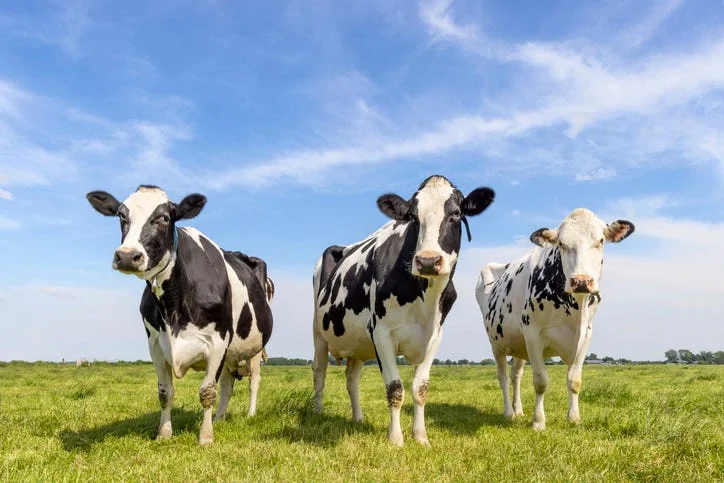
From Farm Waste to Fashion Fabric: Scientists Turn Cow Manure into Sustainable Cellulose Fibers
Could your next favorite shirt be made from cow manure? Researchers at University College London (UCL) have developed a groundbreaking method to transform cow dung into high-quality cellulose fibers, a versatile material typically sourced from plants and trees. This innovative approach addresses pressing environmental challenges related to waste management and sustainable manufacturing.

The Problem with Manure: Cow manure poses a significant environmental burden. Decomposing manure releases harmful greenhouse gases like methane, contributing to climate change. It can also contaminate water sources and spread pathogens. However, researchers saw an opportunity: manure contains partly digested plant fibers rich in cellulose.
The Innovation: Professor Mohan Edirisinghe and his team developed a process involving mild chemical reactions and a spinning technique called nozzle-pressurized spinning (NPS). This process extracts cellulose fragments from the manure, creating a cellulose-rich liquid that can be spun into fibers, films, ribbons, and meshes. A crucial breakthrough occurred when they switched from a vertical to a horizontal spinning system, injecting cellulose into water to form strong fibers.
"Extracting the fragments from dung was relatively straightforward," said Professor Edirisinghe, though he admitted they aren't entirely sure why the horizontal spinning setup works so well. The resulting nanocellulose boasts impressive qualities: high strength, flexibility, biodegradability, and safety. It's comparable to steel in strength and stiffness, making it ideal for reinforcing materials in composites, films, and eco-friendly packaging.
Applications Beyond Packaging: Nanocellulose's potential extends to energy storage, biomedical applications, electronics, and even food additives. Its biodegradability makes it an ideal alternative to plastic packaging.
Circular Economy in Action: This project exemplifies the circular economy concept, repurposing waste to reduce environmental impact. Rather than relying on high-value plant sources for cellulose, which can be expensive and environmentally costly, this method utilizes agricultural waste.
"Horizontal nozzle-pressurized spinning could be a huge boost to the global dairy farming industry," explained Yanqi Dai, lead author of the study published in *The Journal of Cleaner Production*. "It puts problematic waste to good use and possibly creates new income streams."
Challenges and Future Directions: The researchers acknowledge challenges in sourcing and transporting manure. However, they are optimistic about the potential environmental and commercial benefits, especially considering the projected 40% increase in manure production between 2003 and 2030.
The team at UCL is currently seeking partnerships with dairy farmers to further develop and scale this promising technology. Could cow manure become the next sustainable material in the fashion industry? Only time will tell.
What do you think about using cow manure to create textiles? Share your thoughts in the comments below.